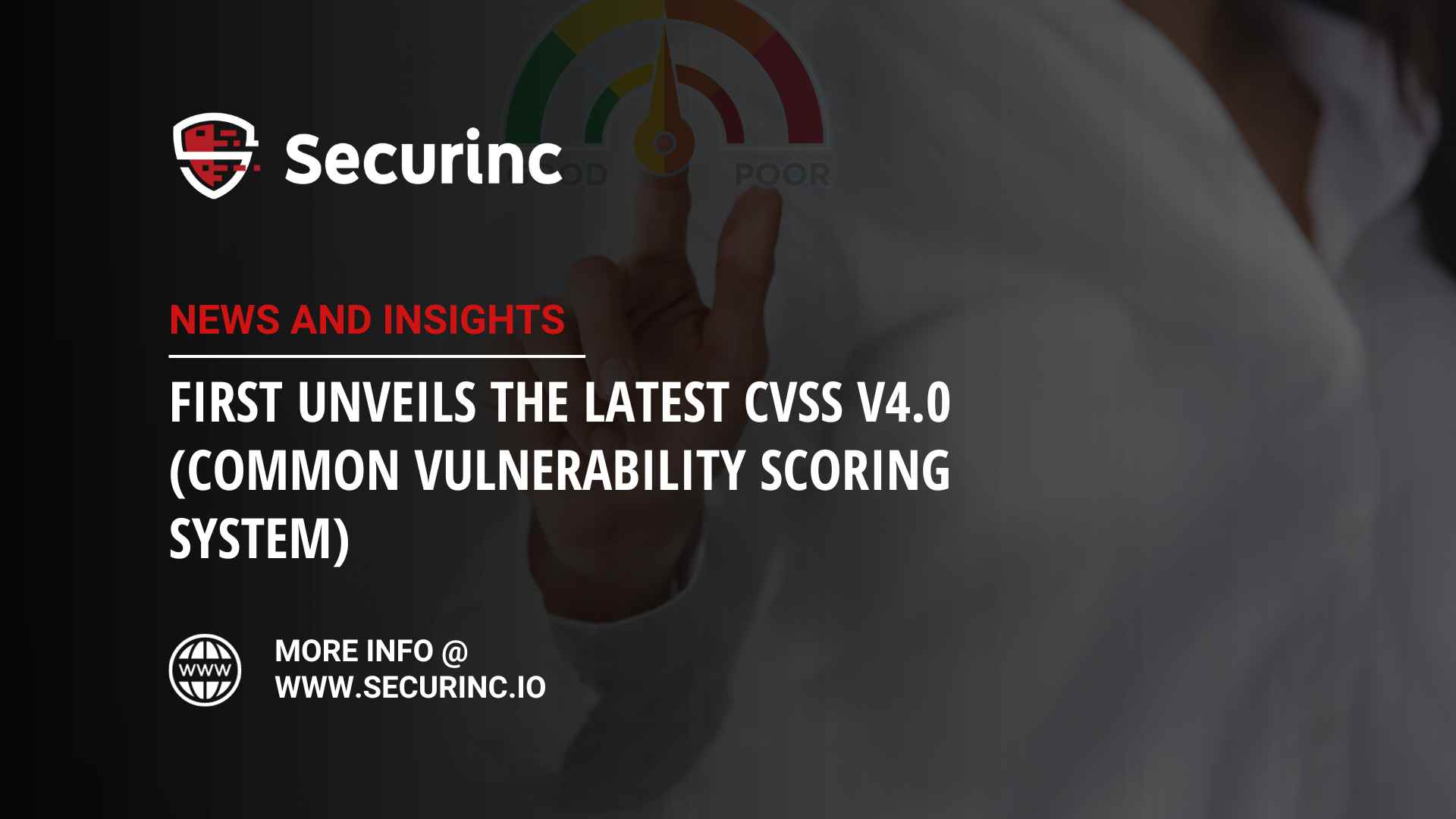API Penetration Testing
Secure Your APIs with Best-In-Class Penetration Testing Services
Our API Penetration Testing services provide unparalleled security for your API infrastructure. We detect and exploit possible vulnerabilities by mimicking real-world attack patterns to strengthen your API security.

Overview
Enhance Your API Security with Our Proven Penetration Testing Services
Application Programming Interfaces (APIs) play a pivotal role in enabling seamless data exchange between different software systems. While APIs enhance functionality and connectivity, they also introduce potential vulnerabilities that can be exploited by malicious actors. Protecting your APIs is crucial to safeguard sensitive data, maintain the trust of your users, and adhere to compliance standards.
We specialize in API Penetration Testing, a comprehensive and systematic approach to identifying and mitigating security weaknesses within your API infrastructure. Our team of highly skilled security experts is dedicated to helping you secure your APIs and fortify your assets against cyber threats.
- CREST Certified Testers
- Proven Techniques
- Comprehensive Assessment
- Holistic Risk Assessment
Our Solutions
Why API Penetration Testing is Essential
APIs are the backbone of modern software applications, making them an attractive target for cyberattacks. Failing to address API vulnerabilities can lead to severe consequences, including data breaches, financial losses, and damage to your organization’s reputation.
Our API Penetration Testing services are designed to:
- Identify Vulnerabilities: We conduct thorough assessments of your APIs to uncover security weaknesses, including authentication flaws, input validation issues, and improper access controls.
- Assess for Compliance: Ensure that your APIs adhere to industry-specific regulations and security standards, such as PCI-DSS, GDPR, HIPAA, and more.
- Prevent Data Breaches: By identifying and patching vulnerabilities, we help you prevent unauthorized access and data breaches that can have catastrophic consequences.
- Enhance Trust: Demonstrating a commitment to security enhances trust among your customers, partners, and stakeholders.
- Cost Savings: Proactive API security measures reduce the risk of costly security incidents in the long run.
How We Do It
Our API Penetration Testing Methodology


Pre-assessment Preparation
In this initial phase, we work closely with you to define the scope of the penetration test, identify the APIs to be tested, and establish clear objectives. We gather essential API information, including documentation, access controls, and network architecture, and set rules of engagement, specifying testing hours, communication protocols, and permissible activities.

Testing and Exploitation
Here, we actively test API endpoints to exploit vulnerabilities we've identified. We use techniques like brute force attacks, payload injection, and session management evaluation to uncover weaknesses, including those that may allow Broken authentication and authorization, security misconfiguration, and many other attacks.

Reconnaissance and Information Gathering
During this phase, we collect data about your target APIs using both passive and active techniques. Passive methods help us gather information such as endpoints and technologies in use. Active techniques like DNS enumeration and network scanning provide deeper insights. We also review API documentation to understand its intended functionality.

Post Exploitation Analysis
After identifying and exploiting potential vulnerabilities, we assess whether an attacker could maintain access to the API. We investigate potential backdoors, weak session management, unauthorized changes, data exfiltration, and lateral movement within your organization's systems.

Vulnerability Scanning and Analysis
This phase involves identifying and assessing API vulnerabilities. We enumerate API endpoints, including hidden ones, and rigorously test authentication mechanisms, input validation, authorization controls, and data validation practices. Our aim is to uncover vulnerabilities like SQL injection, XSS, and data manipulation.

Reporting and Support
In the final phase, we document our findings and provide clear recommendations for mitigating vulnerabilities and enhancing API security. We offer support for implementing necessary fixes and improvements. We may also suggest reassessment to ensure identified vulnerabilities are effectively addressed and resolved. This methodology ensures a systematic evaluation of API security, helping organizations protect against potential threats.
API Testing Categories
Types of API Penetration Testing
White Box API Testing, also known as clear or transparent testing, is a detailed and thorough method where the tester has complete knowledge of the system’s architecture and source code. In this type of penetration test, the tester simulates an attack from an insider threat – someone with access to sensitive information like system passwords, algorithms, and source code. This approach allows for a comprehensive review of all code paths and functions, checking for coding errors, security loopholes, and other vulnerabilities. It can help identify issues like improper structure or application configuration, which could be exploited by attackers.
Grey Box API Testing is a hybrid approach that combines elements of both white box and black box testing. In this approach, the tester has partial knowledge of the system’s internal structure – enough to understand the system but not full access like in white box testing. This method simulates an attack from a user with limited privileges, such as a disgruntled employee or a user who has gained elevated access. Grey Box Testing allows for a more focused penetration testing strategy, targeting publicly accessible applications and systems, while also considering some level of internal data.
Black Box API Testing simulates an attack from an external threat, such as a hacker, where the tester has no knowledge of the system’s internal workings. The focus here is on finding vulnerabilities that can be exploited via interfaces or in the application itself, without any specific insight into the underlying code or infrastructure. This approach mimics real-world cyber attacks closely, as attackers typically do not have any internal knowledge of the system. It’s an effective way to identify vulnerabilities in user interfaces, APIs, servers, networks, and other exposed points that a hacker could exploit.
Each of these testing methodologies plays a crucial role in a comprehensive cyber security strategy. By understanding and addressing your system’s vulnerabilities, you can protect your organization from potential cyber threats and strengthen your overall security posture.
What's Next?
Do You Need an API Pentest?
APIs are used to connect different applications and systems, making them an essential part of modern-day software development. However, this also makes them vulnerable to attacks from malicious actors who can exploit any weaknesses in the API’s security. As businesses become more reliant on APIs, it is crucial to ensure they are secure to protect both your company and your users’ sensitive data.
If you’re seeking a reliable and experienced partner to secure your network and protect your data through API penetration testing, look no further than Securinc. We are dedicated to delivering top-notch security and customer service, backed by our extensive experience and expertise. Reach out to us today to explore our comprehensive range of services and discover how we can assist you in fortifying your data.

FAQs
Frequently Asked Questions
API Penetration Testing should be conducted regularly, especially when implementing new APIs, making significant changes to existing ones, or as part of routine security assessments. It's also recommended after any major software updates or changes to the API landscape.
API Penetration Testing is conducted with care to avoid disrupting API functionality. Testing is typically performed in a controlled environment, and testing teams follow rules of engagement to minimize impact on availability. However, it's important to plan for potential downtime during testing.
In short, while both vulnerability assessments and penetration tests aim to identify vulnerabilities, they differ in their objectives and depth of evaluation. A vulnerability assessment seeks to map out vulnerabilities, whereas a penetration test attempts to exploit vulnerabilities to assess the level of risk associated with them. Both are crucial components of a comprehensive IT security strategy.
The duration of an API Penetration Test varies based on the complexity of the APIs, the number of endpoints tested, and the depth of the assessment. It can range from a few days to several weeks. A comprehensive scope and objectives discussion with our team can provide a more accurate estimate.
- Yes, API Penetration Testing can be conducted on both public-facing APIs that interact with external parties and internal APIs used within an organization's network. It is essential to assess all APIs that pose potential security risks.
API Penetration Testing is not limited to RESTful APIs. It can be applied to SOAP, GraphQL, WebSockets, and other API types. The testing methodology adapts to the specific characteristics of the API in question.
Yes, the follow-up process after a penetration test is crucial to ensure identified vulnerabilities are effectively addressed. After the test, you will receive a detailed report outlining the vulnerabilities found, their severity, and recommended remediation actions. Your organization should then prioritize and fix these issues based on their potential impact. After remediation, it's often beneficial to conduct a retest or validation to ensure the vulnerabilities have been successfully resolved. Ongoing communication with the penetration testing team can also be valuable for additional guidance and support.
The report will typically include a summary of findings, risk assessments, details of vulnerabilities discovered, their severity levels, and potential impact. It should also offer actionable recommendations for remediation and improving API security. Reports are usually accompanied by supporting evidence and suggested remediation steps.



